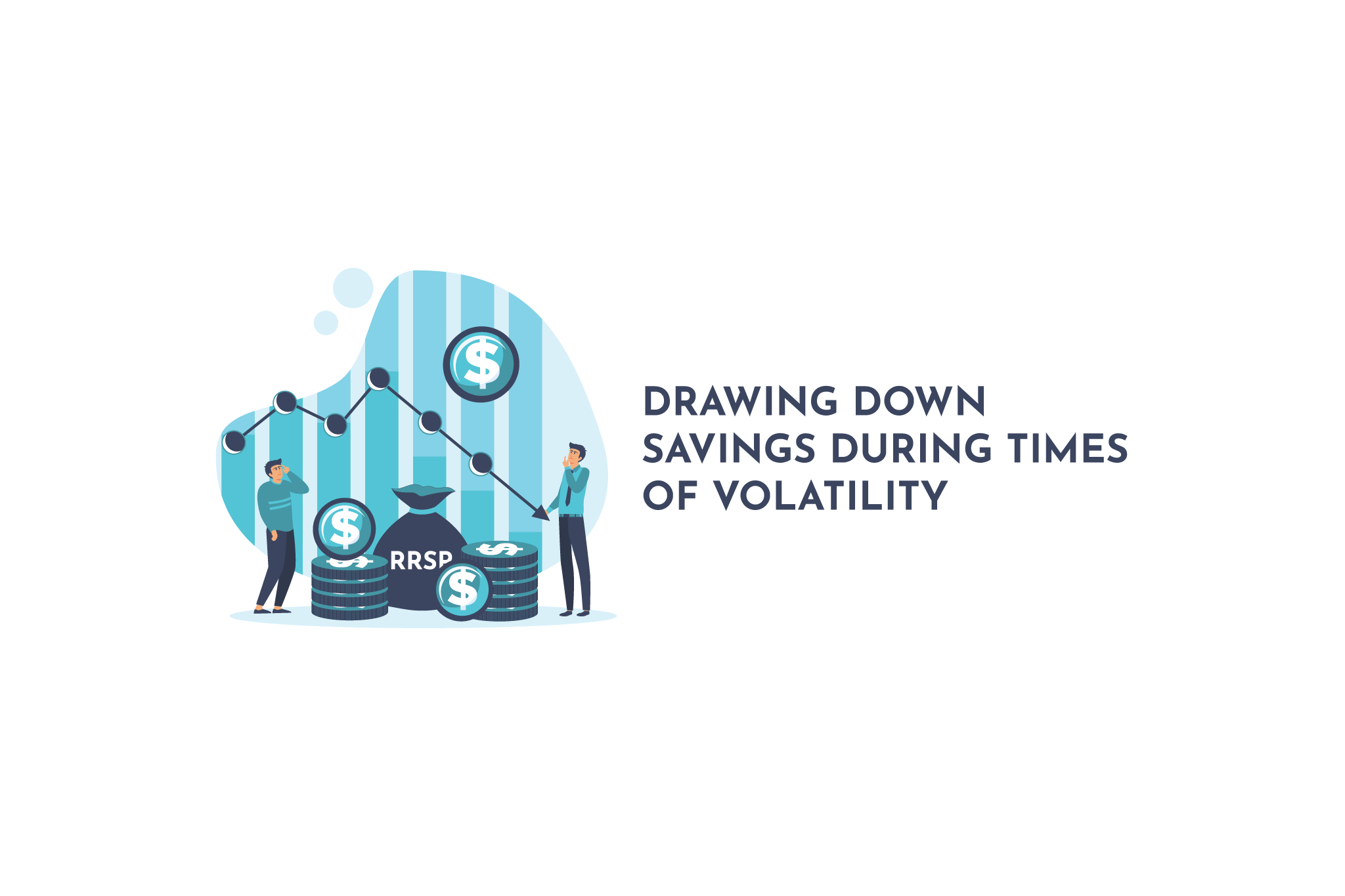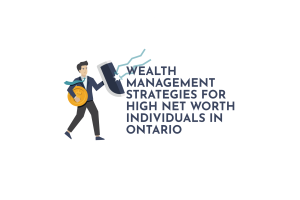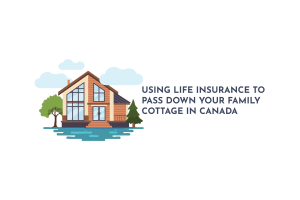I’m an artist; I paint pictures with words so my clients can see what their futures look like in their minds’ eyes. This is particularly true when I describe how retirement income works for people. I like to explain to clients that they need to remember: on the day they retire, I don’t show up at their door with a couple of pillowcases full of cash, dollar signs painted on them — Scrooge McDuck–style — and wish them well, hoping whatever’s in the sacks will last them the rest of their life. Now, when I mention Scrooge McDuck, can you see him?
I get that you need to be of a certain vintage to have that image really hit home, but if you do get that picture in your mind of the duck with the spectacles on the end of his beak, wearing a top hat, some spats and a red smoking jacket (like his nephew Donald, he’s not wearing any pants either), I have news for you. You are closer to retirement than you might like to think. When it comes to your retirement plan, you need to remember that your plan doesn’t end the day you retire.
The reality is that it ends the day that you pass away. This means that even during your retired years you will still need to be an investor. With the recent turmoil in global investment markets, I thought this might be a good time to highlight a few important considerations for those who are relying on their savings during periods of high market volatility. Here are some key points to keep in mind:
In this article:
- Risk Versus Return, Even While You Are Retired
- Building A Retirement Income Portfolio
- Volatility is the Enemy
- One More Risk to Consider
- Planning Remains the Key

Risk Versus Return, Even While You Are Retired
If you have made it to retirement and you have built up your savings, you should understand by now that there are really no risk-free, high-return investments. Higher risk investments, like being in the stock market, carry with them a significantly higher potential return than those lower-risk choices related to interest rates. That said, you need to remember that there are different kinds of risk, and you want to make sure that you aren’t unknowingly exposing yourself to higher risk than you believed you were. Here are a couple of types of risk you need to consider when you are investing:
- Liquidity Risk – This is the risk that you can’t easily cash in your investments.
- Inflation Risk – The risk that your rate of return doesn’t keep up with the rate of inflation so your savings, while growing, are still losing purchasing power.
- Interest Rate Risk – When interest rates increase you can see negative rates of return in fixed income investment funds.
- Market Risk – This is the risk that is associated with the performance of overall investment markets.
- Concentration Risk – This is the risk associated with your investment portfolio holding a significant portion of one type of asset.
Concentration risk is one of the things that financial advisors constantly need to battle against as their clients approach their retirement years. As you approach your retirement, there is a natural tendency to want to eliminate risk. Knowing what you have is an assuring feeling but, if you move all of your funds into interest based investments, you have exposed yourself to higher risk due to the concentration of one type of risk in your portfolio. If rates go up, your entire nest egg is influenced. This is not a good way to ensure your savings will last into the future. Instead, you still want a portfolio that contains a mixture of different assets that will perform differently during the economic cycle. This reduces your risk and hopefully prolongs the life of your savings.
Building A Retirement Income Portfolio
Now that you understand that there are many different types of risks, you should also understand a few other things when you are looking at how to build a retirement income portfolio. A couple of the following terms that are important to note:
- Standard Deviation – When talking about investments, this is a measure of how much an investment’s returns deviate from its average return over a set time period.
- Correlation – This refers to the relationship between the rate of returns for investments. The more positive the correlation, the more the asset prices move in unison.
So, when your retirement income portfolio is being built, having low standard deviation is important because volatility is the enemy when you are drawing down your savings (more on this to follow). You also want to make sure that you have a variety of asset classes where the correlation is low. This can help preserve your savings, as you’re less likely to need to sell poorly performing assets if your portfolio is constructed with assets that behave differently throughout the various economic cycles. By ensuring your portfolio includes a diverse mix of low standard deviation, uncorrelated investments, you maximize your protection against all types of market volatility.
Volatility is the Enemy
Focusing on that standard deviation that I mentioned earlier, when you are looking at your savings in retirement, the average rate of return isn’t always the best judge of things. The effect that the volatility can have on your savings is magnified when you are drawing down on your investment. The reason for this goes back to investing 101. If, for example, you are someone who has invested in funds, you bought fund units while you were saving. When you draw income, you sell units to generate your payments. The value of those units when you sell them is key because the more they are worth, the fewer you need to sell to generate your payment.
How does volatility play a role in this? Let’s look at a side by side example where two investors start with $100,000 and draw $5000 a year out in income payments. Each investor earns an average rate of return of 6%, though, how they earn that 6% varies. Retiree A has three years right at the start of their retirement where they are faced with negative returns while Retiree B has positive returns early on. What you can see is that there is a significant difference between the two accounts, even though the average rate of return is the same.
(Image Source – https://www.fidelity.me/beginners/investing-for-retirement/key-concepts)
What this shows is that if volatility causes a situation where you are forced to sell your investments during times of poor returns, it can have a seriously negative effect on the longevity of your savings. Having a well structured portfolio with many asset classes that can allow you to avoid the need to sell assets during market downturns will prolong the life of your portfolio.
One More Risk to Consider
Another important thing that you need to consider if you are retired and drawing income is the idea of longevity risk. This is the risk of outliving your savings. For many years, people weren’t as concerned about this because they had defined benefit pensions from their employer that provided them with guaranteed income for their lifetime. In today’s world, these plans are few and far between. Government employees, teachers and hospital workers are a few of the remaining careers that offer these types of plans. For everyone else, longevity risk is a real factor, but fear not, there are tools to combat it. This is another planning opportunity where dealing with a financial advisor like the team at Strata Wealth & Risk Management is a great idea because they have access to the life annuity market.
What’s a life annuity you ask? This is where you take a lump sum of money and purchase a product with a guaranteed cash flow associated with it for the remainder of your life. This truly eliminates the longevity risk as you cannot outlive a life annuity. It may not be the solution for all of your savings, but if you are concerned about outliving your money then talking to someone about a life annuity can eliminate that for you.
Planning Remains the Key
As is always the case, how market volatility affects you as an individual will vary from one person to another. Do you want to know what doesn’t change from one person to the next? The need to have a strong financial plan in place that will be your roadmap through all the ups and downs that investing will throw at you.
Working with a financial advisor, like the team at Strata Wealth & Risk Management, will help you formulate a retirement income plan that can alleviate some of the risk associated with volatility in the markets. Remember, most people would love to be retired as long as possible, so your plan needs to allow for your investments to continue to grow even after you’ve entered into the phase of your life where you are spending your money instead of saving for the future. To make sure that you maximize your retirement savings, having a plan in place for strategically drawing down your funds is essential. Working with an advisor that specializes in creating sustainable income plans for clients will help reduce the worries you face about making your retirement income last.




